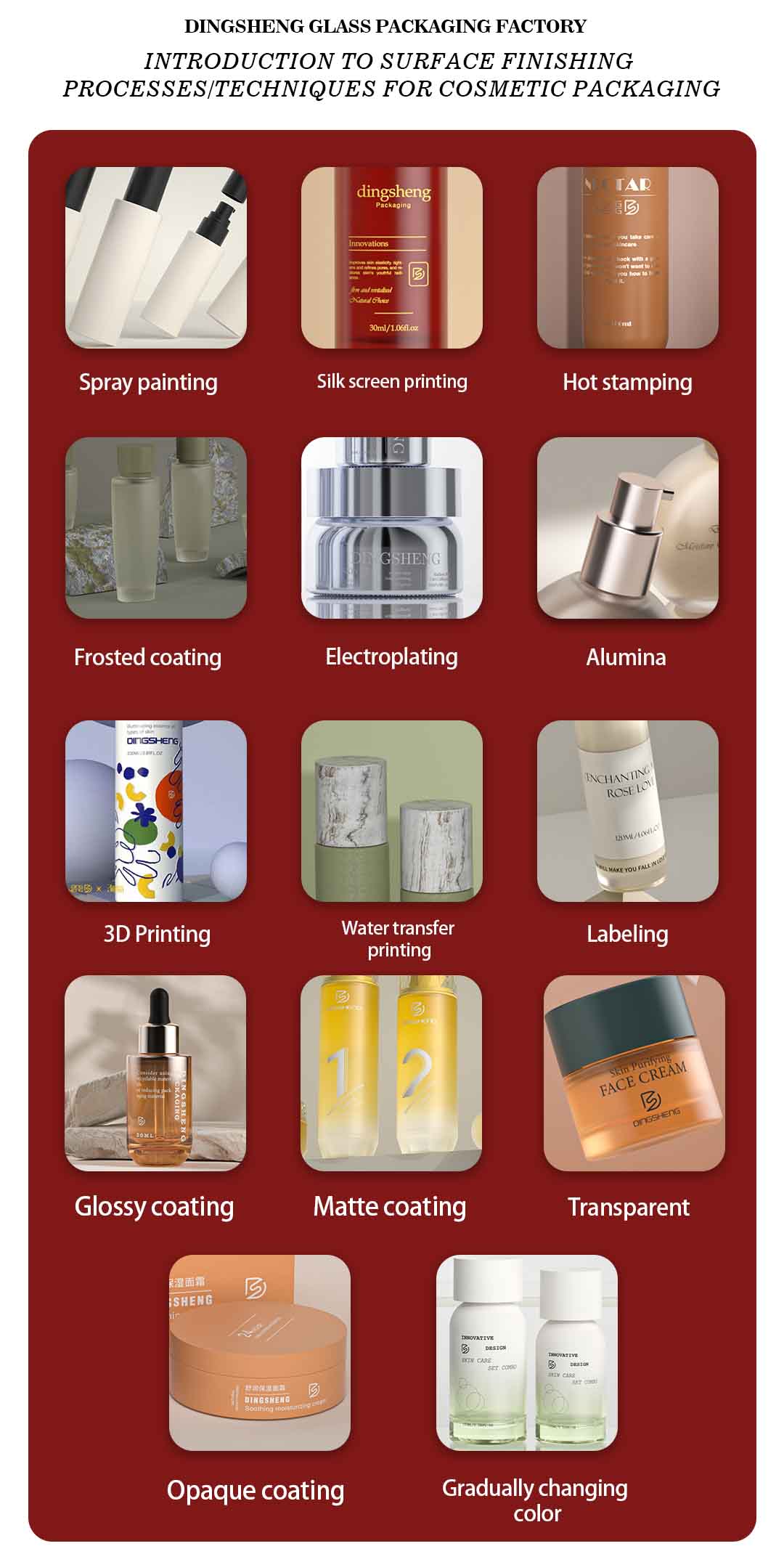Yokogawa DX11*A S9081BE-0 Duplex Control Card Enables High-Reliability Industrial Control Systems
As industrial control systems continue to develop towards high complexity and critical task processing, the system has put forward higher requirements for hardware modules with high reliability and strong redundancy. The DX11*A S9081BE-0 duplex control card launched by Yokogawa is a key control component designed for high-availability scenarios. It plays the role of redundant control interface in the Yokogawa DCS system, effectively improving the system's continuous operation capability, and is widely used in industries such as oil and gas, petrochemicals, and electricity that have extremely high requirements for control continuity.
Advanced redundant control architecture
The most notable feature of DX11*A S9081BE-0 is its duplex architecture design. The control card supports active and standby dual-path control signal transmission. When the main channel fails, the system can automatically switch to the standby channel to ensure uninterrupted communication with the field I/O module. This redundant structure greatly improves the fault tolerance of the control system.
The control card can monitor the operating status of the two channels in real time. Once an abnormality is detected in the main channel, it will automatically switch without manual intervention, thus achieving high availability and continuous operation guarantee of the control system.
Seamless collaboration with Yokogawa DCS system
The card is tailored for Yokogawa control systems (such as CENTUM VP) and can be seamlessly connected to FCS control stations and I/O buses. It communicates with other modules through high-speed serial or parallel buses to achieve high-frequency data exchange, meeting the real-time and synchronization required for process control.
At the same time, the control card supports a variety of diagnostic and status reporting functions, and operators can monitor its working status in real time, quickly identify and locate fault points, thereby shortening maintenance time. This design not only improves the maintainability of the system, but also enhances the control of the operating engineer over the system operation.
Stable operation in complex industrial environments
DX11*A S9081BE-0 adopts industrial-grade design standards and can operate stably in industrial sites with high temperature, high humidity, strong electromagnetic interference and frequent vibration. The card body uses anti-interference and high-insulation components and has undergone multiple rigorous tests to ensure stable performance in harsh environments.
In addition, the card is equipped with a voltage mutation protection circuit to effectively resist electrical shock. High resistance to external interference makes it a reliable guarantee in automation environments with extremely high requirements for safety and stability.
In today's industrial automation field, redundant design has become a standard configuration for key systems. Yokogawa DX11*A S9081BE-0 duplex control card, with its dual-path communication architecture, excellent DCS system integration capabilities and strong environmental adaptability, is being adopted by more and more key industries. In the future, as the degree of automation continues to increase, such high-reliability control modules will play a more important role in the construction of smart factories.

